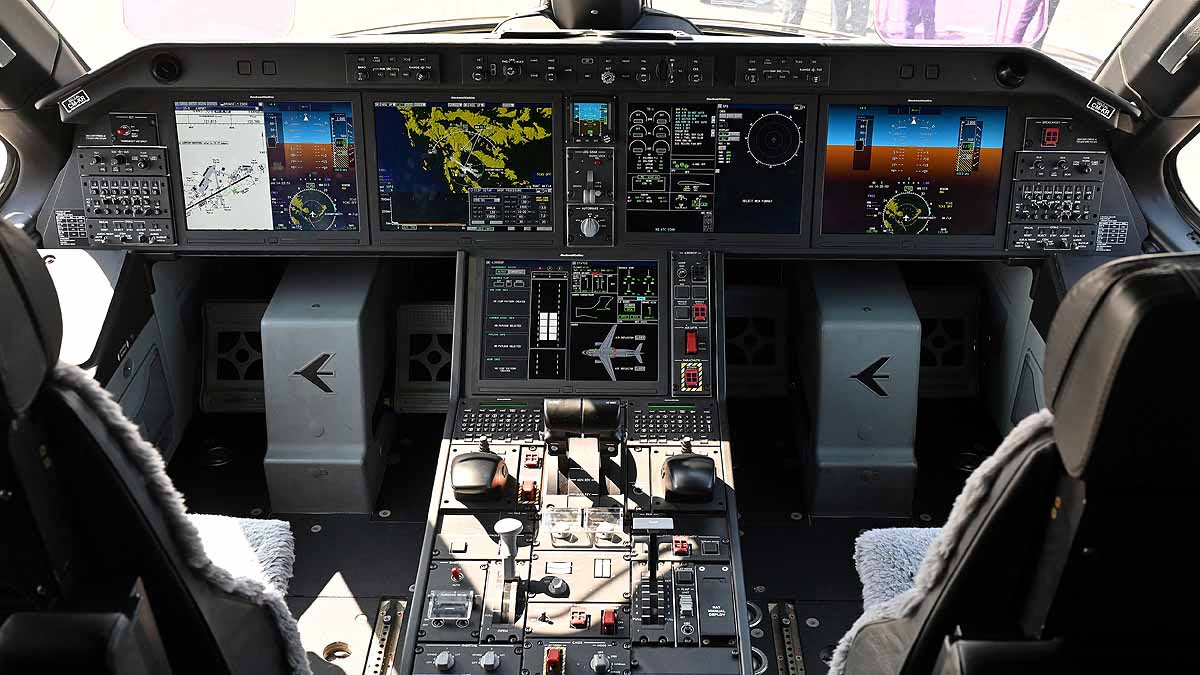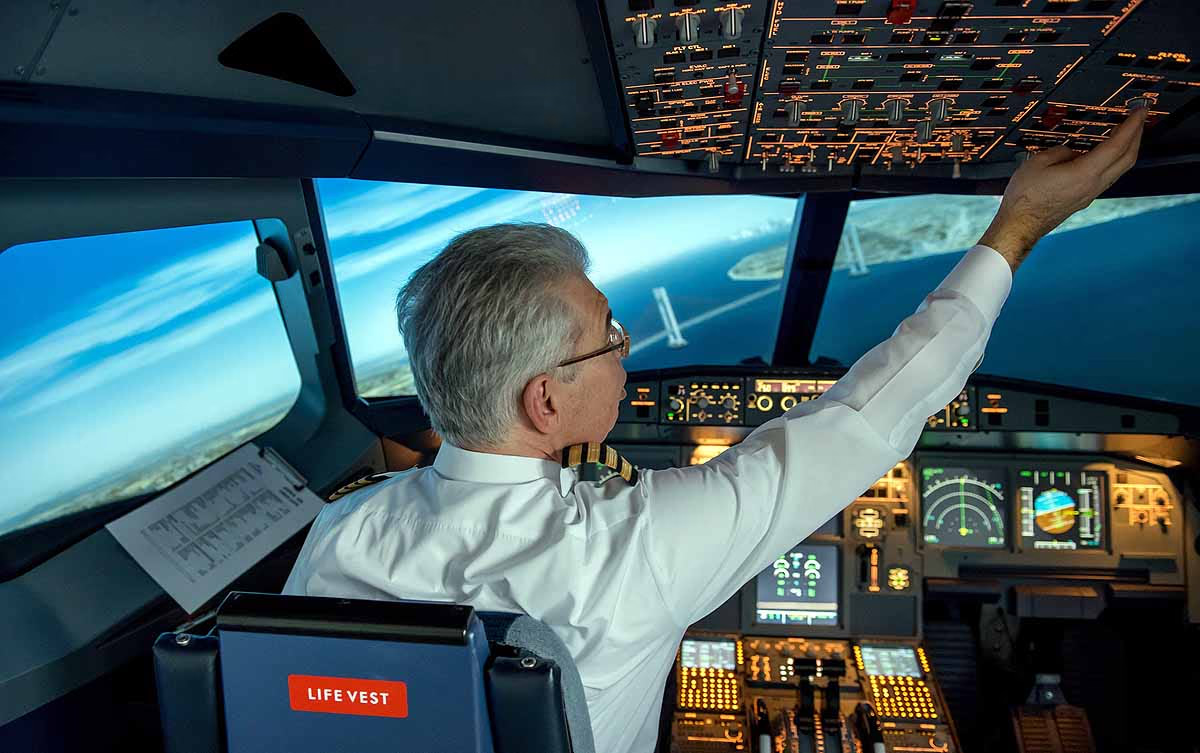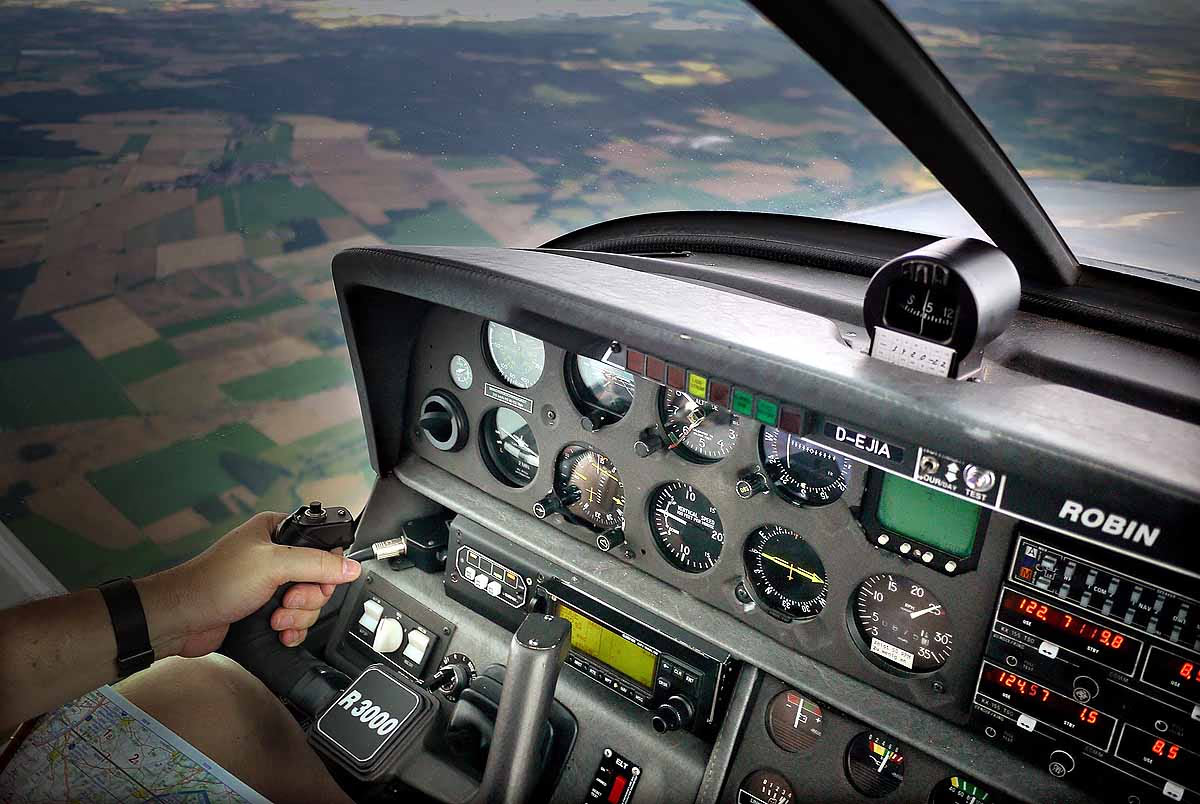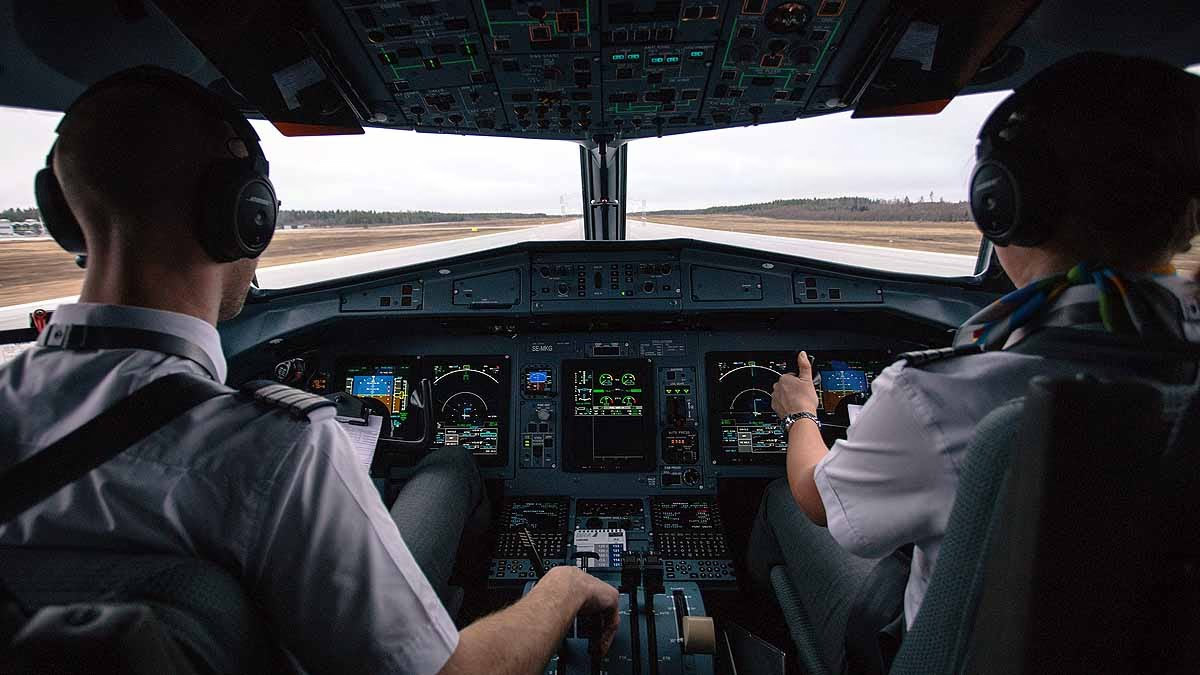When you travel by plane, it may seem like everything operates seamlessly on its own. In reality, pilots in the cockpit manage numerous complex systems. Beyond the fuel control switch, pilots hold a multitude of responsibilities. The cockpit, often referred to as the brain of the aircraft, is highly sophisticated and technologically advanced. Let's delve into what pilots need to control and how the cockpit is designed to facilitate their tasks.
Beyond the Fuel Control Switch
The fuel control switch regulates fuel supply, but that’s just one aspect of the pilot's duty. They need to manage various other controls such as...
Read More:

Source: aajtak
Flight Controls: Pilots manage the plane's direction, altitude, and speed using a joystick or yoke and pedals.
Engine Management: They monitor engine speed, temperature, and pressure to ensure safe operation.
Navigation Systems: Using GPS, radar, and weather radars, pilots choose the safest routes and avoid poor weather conditions.
Communication Systems: Pilots communicate with air traffic control (ATC) and other aircraft over the radio.
Autopilot System: Although this system eases flight operations, pilots switch it on and off, taking manual control whenever needed.
Emergency Systems: From oxygen supply to fire extinguishers and emergency landings, pilots handle all safety equipment.
Instrument Panel: Speed, altitude, fuel levels, and other vital data are constantly monitored by pilots.

Source: aajtak
Read More:
The Cockpit Design: An Overview
The cockpit serves as the command center, making operations user-friendly and safe for pilots. It is designed to ensure...
Dual Control Setup: Most planes have separate controls for captain and co-pilot, allowing one to take over in emergencies.
Head-Up Display (HUD): These screens in front of pilots display flight data (like speed and direction) directly in their line of sight, reducing the need to look down.
Multi-Function Display (MFD): Screens show maps, weather, and system statuses, and can be controlled with touch or buttons.
Throttle Quadrant: Located near the pilot's hand, it controls engine power.
Safety and Comfort: Cockpits feature strong glass, secure seats, and emergency exits to protect pilots.
Digital Interface: Modern planes use touchscreens and computer systems, minimizing traditional buttons and switches.

Source: aajtak
Pilot Training and Responsibility
Pilots undergo extensive training to master every component of the cockpit. They practice on simulators, preparing for challenges like severe weather or engine failures. It’s not just about technical knowledge; pilots need quick decision-making abilities to act in seconds.
The Role of Modern Technology
Today, AI and automation increasingly play roles in the cockpit, assisting pilots, yet the ultimate responsibility lies with them. If the autopilot fails, pilots must instantly assume manual control, demonstrating the critical balance between technology and human skill.




